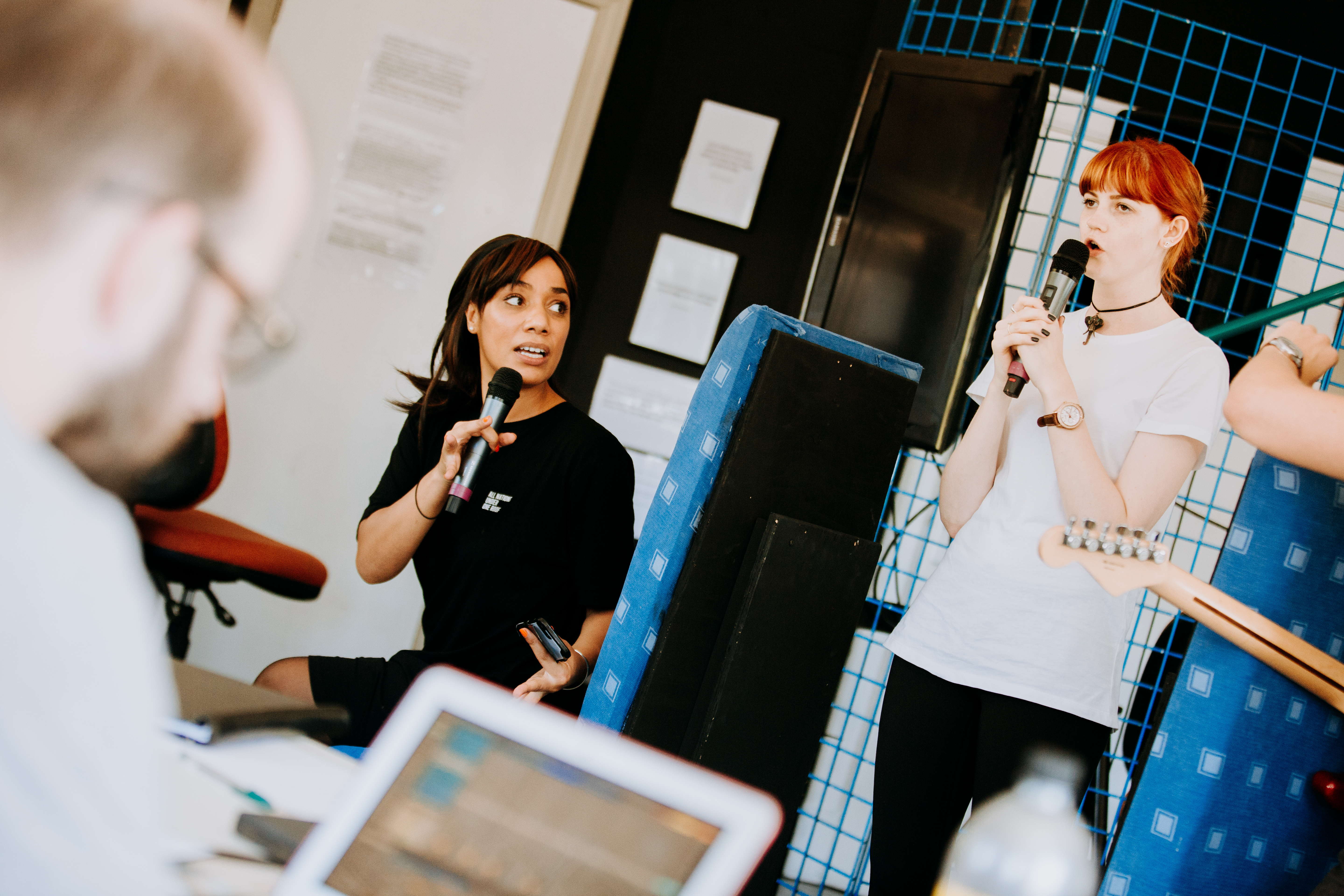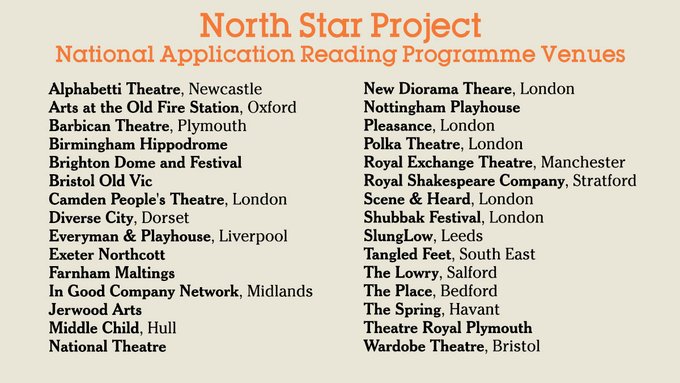
We may not be able to create theatre in-person at the moment, but we are able to continue to support artists over the internet. So after the success of our first series of Zoom Q&As we’re happy to announce further dates and topics throughout May.
The following feature Middle Child staff and artists we were due to work with this month. All sessions are free, but we would appreciate any donations, no matter how small, to our Hull Artists Coronavirus Fund.
All of the Q&As are run as webinars, so only the panel will be visible on video. They will also be livestreamed on our Facebook page.
To join us on Zoom you will need a laptop or mobile phone with a microphone and webcam, plus the Zoom app, but you do not need an account. You can then join a meeting using the meeting ID and password for each Q&A, listed below.
Sound and Music
Thu 30 Apr, 2.30-3.30pm (BST)
What goes into creating music and designing sound for theatre? With:
James Frewer – Composer and musical director
Beats Bus – Composers and performers
Owen Crouch – Sound designer
Link: Opens in the Zoom app
Meeting ID: 834-6837-3973
Password: 400972
The Business of Making Theatre
Thu 7 May, 11.30am-12.30pm (BST)
What’s the relationship between the artistic and business sides of running a theatre company? How can they support each other? Covering budgeting, cashflow, fundraising and making ends meet.
Paul Smith – Artistic director
Rozzy Knox – Executive director (maternity cover)
Link: Opens in the Zoom app
Webinar ID: 846-2475-8573
Password: 078962
Dramaturgy
Thu 14 May, 2.30-3.30pm (BST)
What is the dark art of dramaturgy? How does drama unfold on stage and how do you go about composing it? Artistic director Paul Smith will take us through his dramaturgy checklist, to help you ask the right questions when conceiving and redrafting work.
Paul Smith – Artistic director
Matthew May – Artistic associate
Meeting ID: 824-3530-9585
Password: 751846
Link: Opens in the Zoom app
Webinar ID: 879-4101-5121
Password: 558374
Making and Performing Gig Theatre
Thu 21 May, 2.30-3.30pm (BST)
Join the cast of the award-winning The Canary and the Crow, which also includes writer Daniel Ward and co-composer Prez 96, for a Q&A about creating gig theatre, from writing the text and composing the music and bringing it to life on stage with an audience.
Daniel Ward – writer and performer
Prez 96 – co-composer and performer
Rachel Barnes – performer
Laurie Jamieson – performer
Link: Opens in the Zoom app
Webinar ID: 851-7978-1939
Password: 660834
Writing Semi-Autobiographical Theatre
Thu 28 May, 2.30-3.30pm (BST)
Writers’ Guild Award winner and writer of The Canary and the Crow, Daniel Ward, answers your questions on the process of telling elements of your life story on stage.
Link: Opens in the Zoom app
Webinar ID: 842-1382-6904
Password: 177062
















